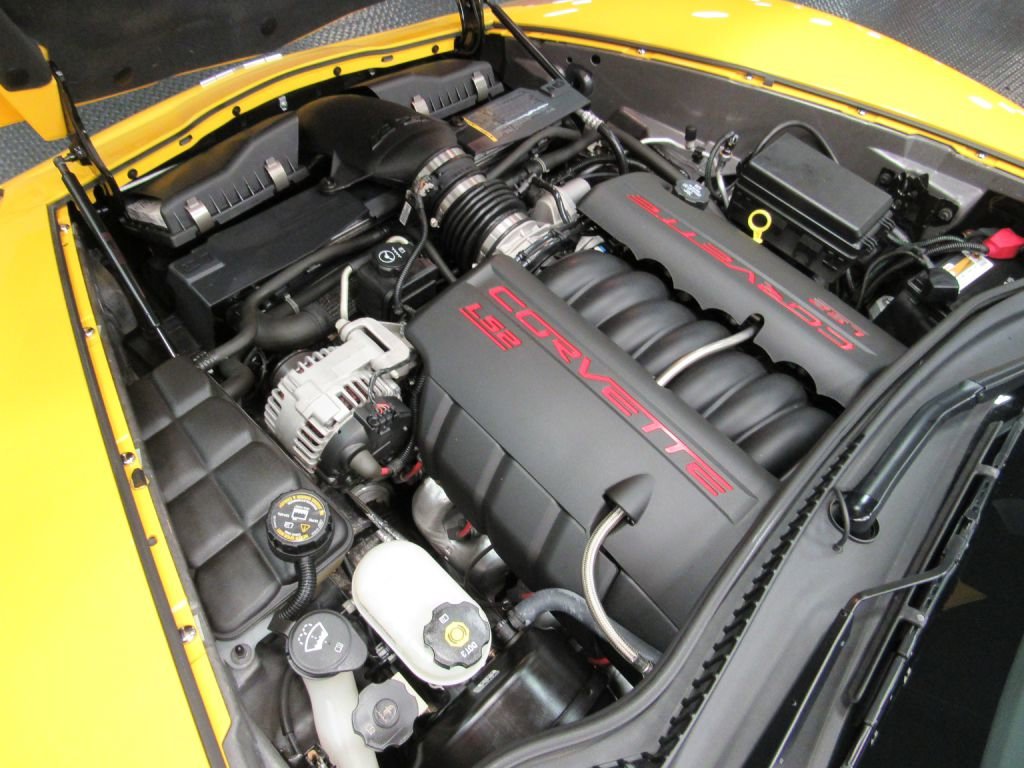Throughout the years, there have been a number of legendary powerplants to call the Corvette’s engine bay home. Of these, few have been as iconic, or well-received, as the LS platform. Through its many renditions and technological advances, the LS series of engines have been touted far and wide as offering the ultimate in raw performance potential.
Of the memorable engines featured within the LS series, one particular offering stands out for its versatility and raw ease of adaptability, over all others. The LS2, which was offered in the Corvette from 2005 to 2007, served as a testament to GM’s relentless drive toward innovation.
No Subscription? You’re missing out
Get immediate ad-free access to all our premium content.
Get Started



